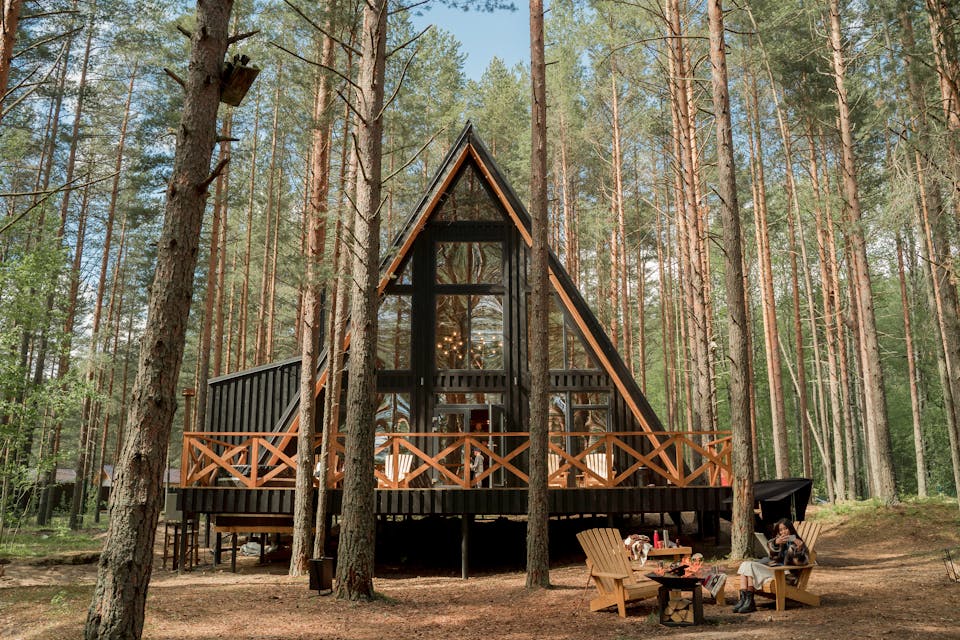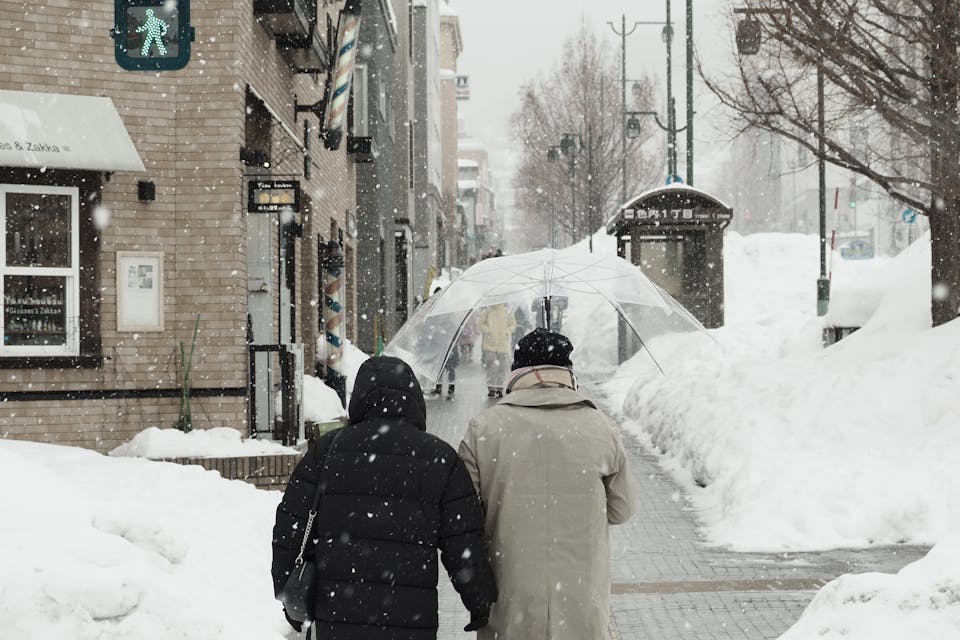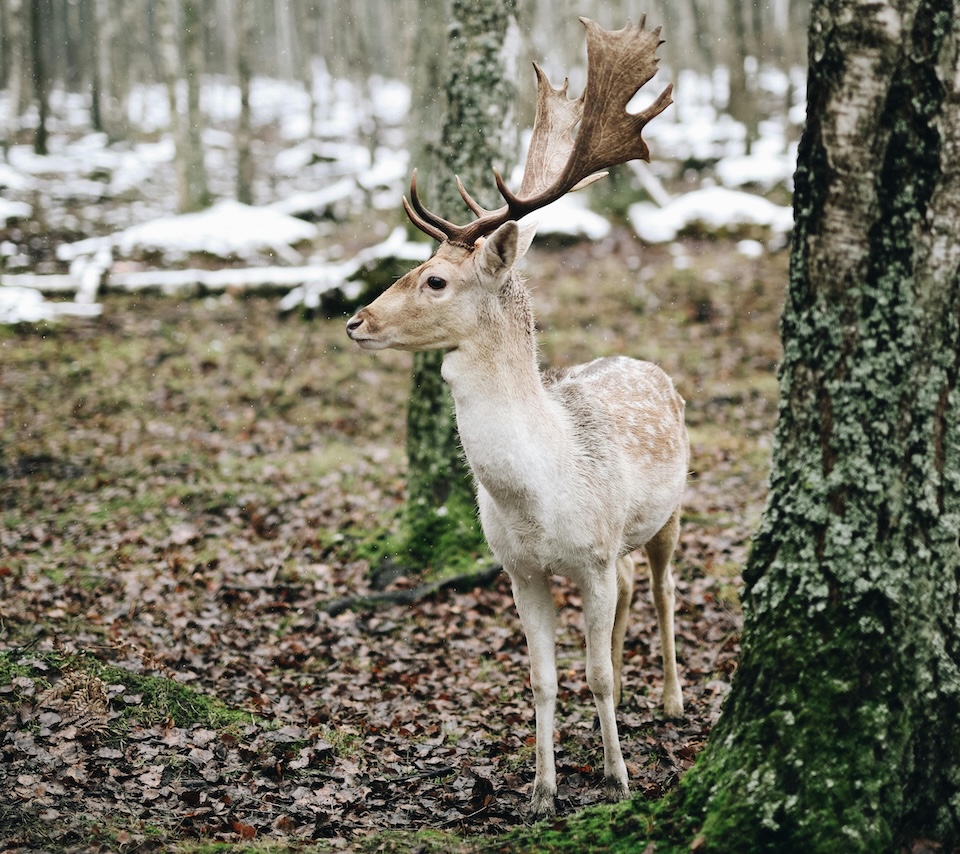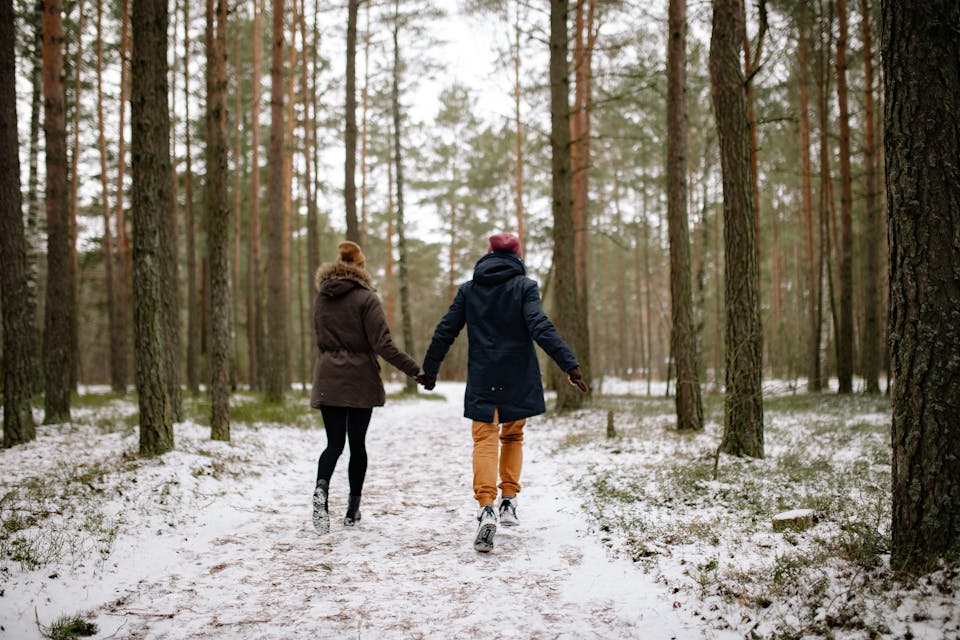Cold travel offers some of the most beautiful experiences in the world. Snowy mountains, frozen lakes, and cozy villages all feel magical when temperatures drop. However, planning for these trips requires more thought than your average getaway.
Weather can shift quickly, flights may face delays, and comfort often depends on preparation. Understanding how to dress, pack, and plan helps you enjoy every frozen landscape without stress.
Smart Packing for Cold Travel

The first step toward successful cold travel is learning to pack strategically. Bulky jackets and boots take up space, so focus on layering instead. Start with moisture-wicking base layers that keep you dry. Add a warm insulating layer like fleece or down, then top it with a waterproof outer shell. This system gives you flexibility when the temperature changes. Compression bags also help keep your luggage organized and compact.
Accessories play a big role in cold comfort. Invest in insulated gloves, a wool hat, and thermal socks to keep your extremities warm. A lightweight neck gaiter or scarf protects your face from biting wind. If your trip involves snow or ice, consider traction cleats for your shoes. They improve safety on slippery paths and make walking easier. Finally, pack travel-size hand warmers for instant relief during outdoor excursions.
Managing Health and Comfort

Traveling to cold destinations affects your body differently than warm ones. The dry air can dehydrate your skin, and altitude may cause fatigue. Staying hydrated is essential even when you do not feel thirsty. Carry a reusable water bottle and drink often. Moisturize regularly and pack lip balm to prevent cracking.
If you plan on spending long periods outdoors, protect your skin with sunscreen. Snow reflects sunlight, which increases exposure to UV rays. Cold weather can also impact circulation, especially for people with health conditions. Keep your core temperature steady by dressing in layers and moving often to maintain warmth.
Choosing the Right Accommodations

Cold travel often means spending more time indoors, so choose lodging that feels comfortable and well-heated. Look for accommodations with good insulation, heated floors, or fireplaces. Cabin stays and boutique hotels in mountain towns often provide extra blankets and local charm. If you prefer short-term rentals, check recent reviews that mention heating performance.
A kitchen or kitchenette can also make your trip more enjoyable. Cooking hearty meals after exploring the outdoors saves money and keeps you warm. Pack a few spices or comfort foods from home to make it feel familiar.
Planning Safe Transportation

Transportation can be unpredictable during winter. Delays, icy roads, and low visibility require extra patience and preparation. If driving, equip your car with snow tires and carry emergency items like blankets, a flashlight, and a small shovel. Check the weather forecast daily before heading out.
When flying, add buffer time between connections to avoid stress if delays occur. Airports in snowy regions handle winter operations well, but it is always smart to plan for flexibility. If trains or buses are part of your itinerary, confirm schedules ahead of time, since routes sometimes change during storms.
Discovering Your Own Town Through a Cold Travel Lens

Cold travel does not always require a plane ticket. Exploring your own town in winter can feel just as refreshing. Locals often overlook nearby attractions once the temperature drops, but these months reveal a different kind of beauty. Parks look peaceful under snow, and holiday decorations bring warmth to familiar streets.
Start by researching winter events or walking tours in your area. Many museums, galleries, and community centers host seasonal exhibits or workshops. Support local businesses by visiting cafés or bakeries known for their winter treats. Simple activities like ice skating, visiting botanical gardens, or taking a photo walk remind you how special home can feel.
You can also plan a “staycation” with the same curiosity you would take abroad. Stay overnight at a nearby boutique hotel or cozy bed-and-breakfast. Order room service or explore a neighborhood you rarely visit. This approach encourages mindfulness and gratitude for the place you call home.
Staying Connected and Mindful

Whether traveling far or staying close, mindfulness enhances the experience. Take time to notice how the cold changes light, sound, and movement. Journal your impressions or capture them through photography. Sharing these stories helps inspire others to embrace colder seasons rather than avoid them.
Cold travel often encourages slower exploration. Embrace this rhythm by choosing quality experiences over quantity. Sipping coffee in a mountain café or walking a quiet local trail can be just as memorable as a packed itinerary.
Sustainable Cold Travel Choices

Cold environments are fragile ecosystems, and travelers play a part in protecting them. Choose eco-friendly lodging that uses renewable energy or recycles water. Avoid single-use plastics and carry reusable utensils or bottles. Respect local wildlife by keeping a distance and following park guidelines. Supporting small businesses also ensures your travel dollars benefit local communities.
If you are exploring your hometown, practice sustainability by using public transportation or walking. Shopping local reduces your carbon footprint while strengthening your community economy.
Cold Travel and Local Exploration

Preparing for cold travel teaches resilience, patience, and appreciation. Whether you are visiting the Arctic or walking through your neighborhood park, the lessons remain the same. Dress smart, move mindfully, and notice the beauty that winter brings. Each journey, near or far, helps you understand how comfort and adventure coexist when you prepare well.
Exploring your own town through the lens of cold travel gives you new perspective. You see familiar places in a different light and reconnect with your surroundings. Adventure does not always mean crossing borders; sometimes it means crossing your own street with a traveler’s curiosity.


